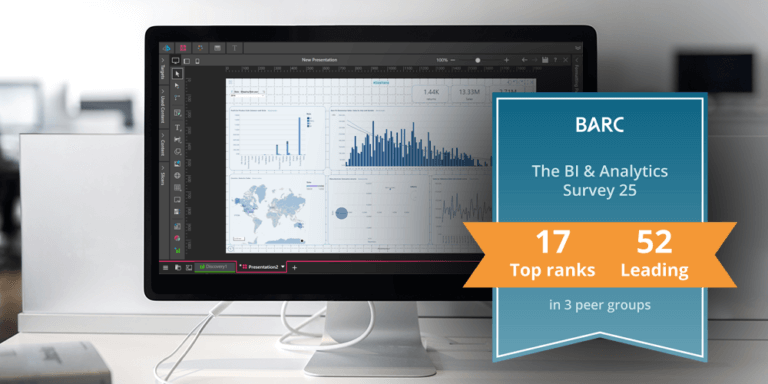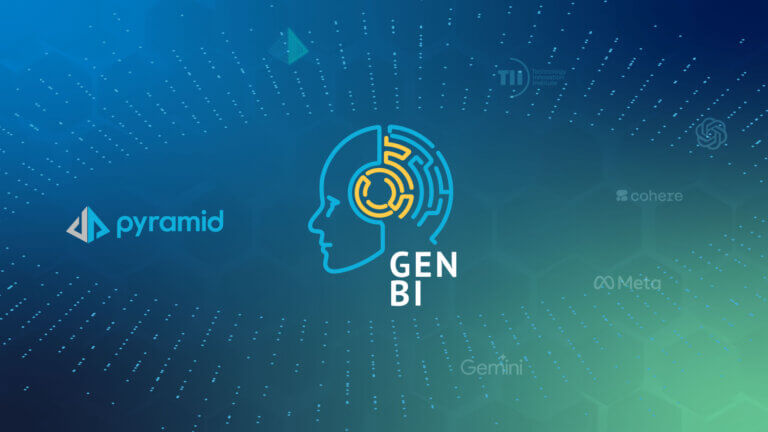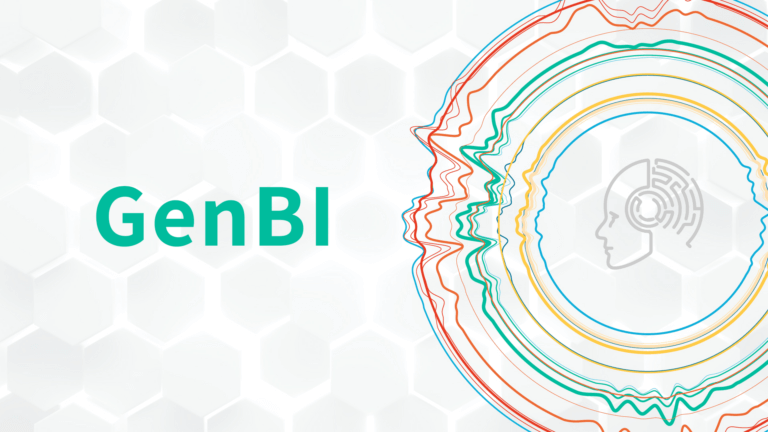The Gartner Data & Analytics Summit 2017 in London this year was busier than ever and showed a renewed enthusiasm around data and analytics. Analysts spoke passionately about exciting futuristic applications of machine learning and artificial intelligence. However, despite this inspiration, most companies are still mainly seeking practical solutions that can lend a form to their current data strategy.
If we can believe the predictions, we are now at the beginning of an era of new opportunities thanks to data and analytics. After all, we have access to more data about companies, people, and “things” than ever before and with the right technology, we can extract all kinds of new insights. Here, machine learning and AI have an almost magical attraction for businesses. This technology is portrayed as super-intelligent data robots that will help us to distill valuable information from endless amounts of data. Of course, this is very inspiring, but the needs of most organizations appear to be much less decadent.
The Next Data Platform
Since the 90s of the last century, for a long time, little has changed in the way that organizations handle their data. In addition to major enterprise platforms, all kinds of desktop and cloud-based tools have entered the market, with which attractive visualizations and reports can be made, but the challenges are still the same. Namely, how do you collect all the data in a good way, and how do you make that safely available within the organization? The growing consensus is that the management and distribution of data must be done from a central platform. In order to work quickly with data, it is not desirable that data from different sectors are stored in different data silos. Organizations are, therefore, looking for “the next data platform” or the platform that will help carry their data strategy. The first revolves around the centralized storage and management of all of their data, but more importantly, the entire organization must be able to make decisions based on the available data.
Usable Insights
What “the next data platform” will look like exactly will vary by company. One thing is clear though: it must be a solid platform enabling organizations to save all their data with confidence today and in the future. They need to create a single version of the truth now before the massive data volumes get out of hand. One central information source, so the origin and accuracy of data can never be challenged. This basic data can then be safely used and shared within the organization. Easy self-service analytics here are standard requirements. Everyone within an organization should have access to information that is relevant to them. Only then people can make the right decisions, based not on gut feelings or intuition, but based on hard numbers. Setting up such a data platform is the first step toward a real data-driven organization. It gives businesses access to actionable insight from analytics that they need, and it also serves as a bridge to future applications such as machine learning and artificial intelligence.
INTERVIEW WITH BOBBY AYUB
INTERVIEW WITH DAVID BRIERLEY
INTERVIEW WITH STEVE COWELL












